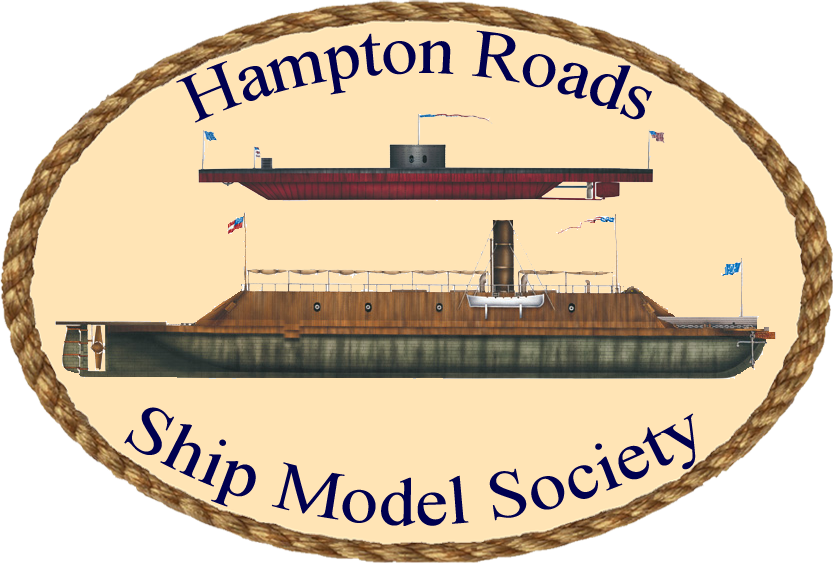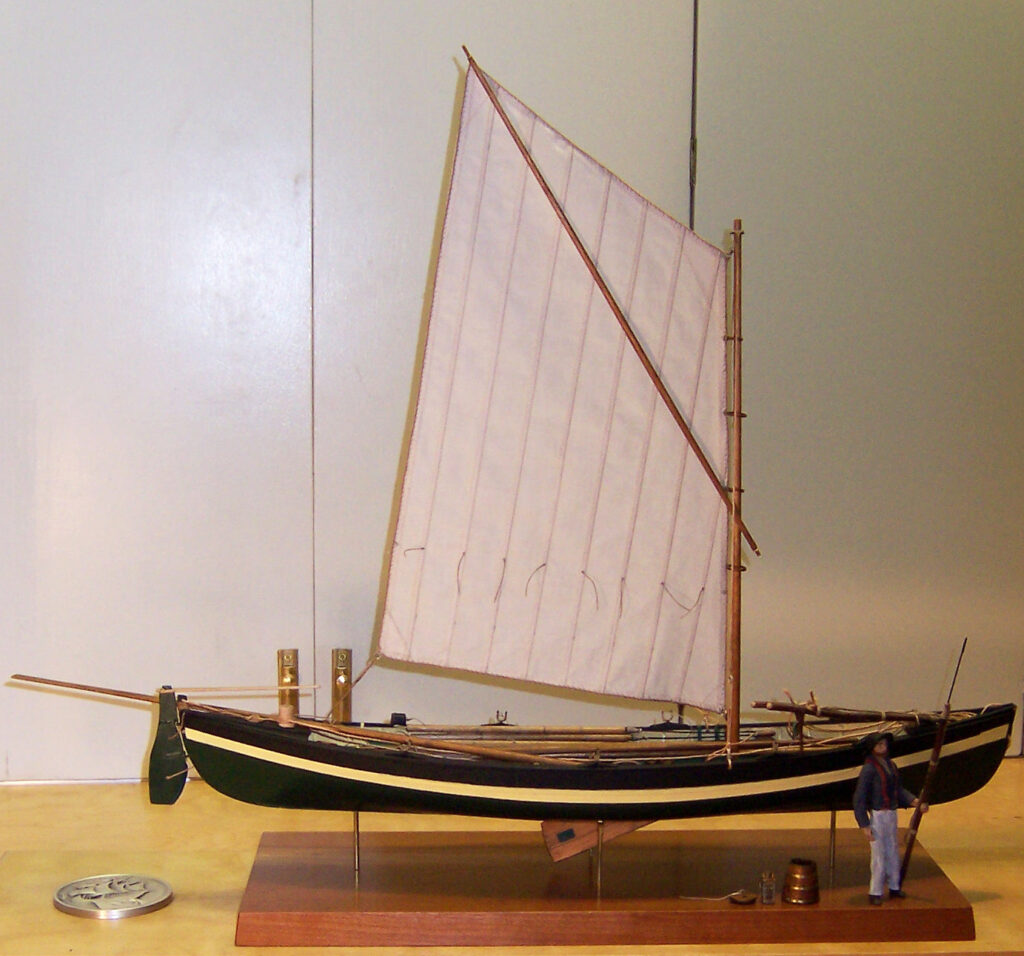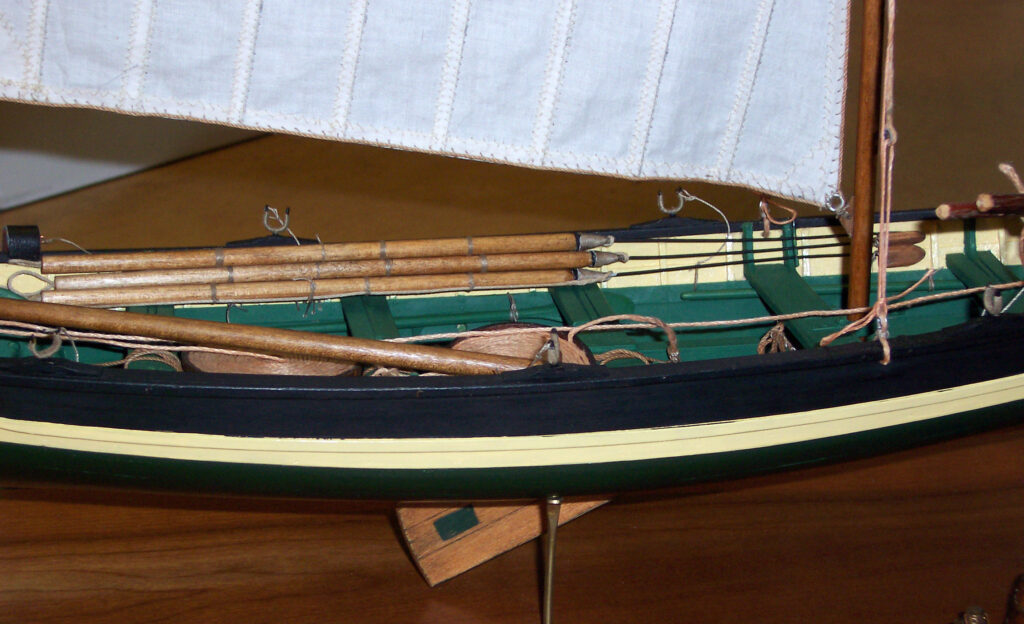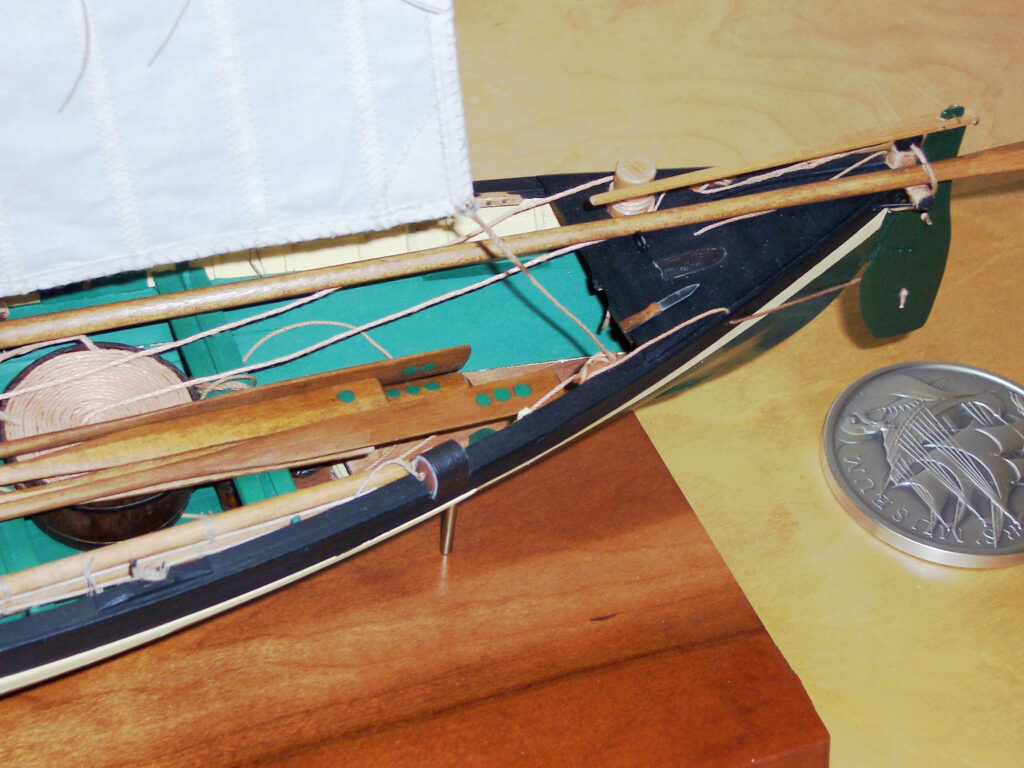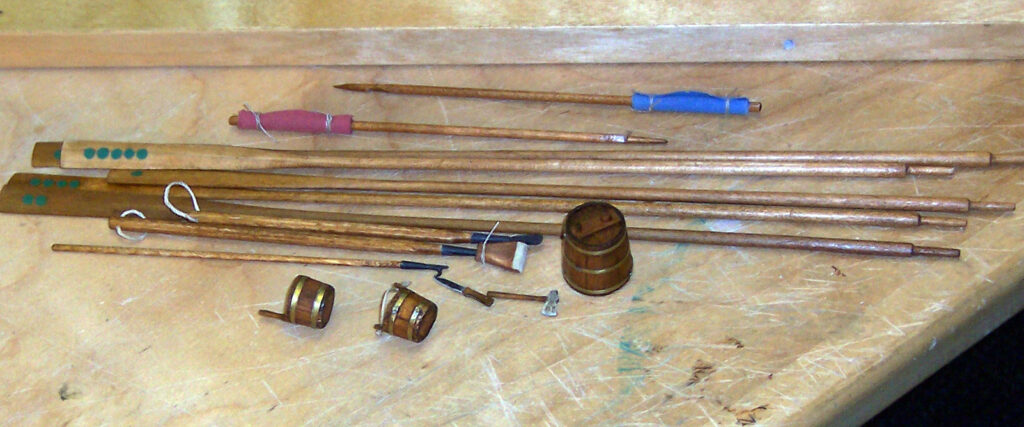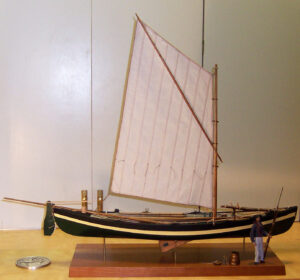
by Bob Comet
Categories:
- Build type: [Kit][Model Shipways]
- Material: [Wood]
- Subject Type: [Whaler]
- Era: [1815-1914]
- Nationality: [United States]
- Propulsion: [Pole/Oar] [Sail]
Model Images
About the Model
This Model Shipways kit used a model built by Erik Ronnberg as a prototype. Mr. Ronnberg’s model was patterned after the half scale whaleboats built by Joshua Delano in 1916 for a half scale model of the whaling ship Lagoda at the New Bedford Whaling Museum. Whaleboats of this period used board and batten hull construction below the waterline to give the hull a smooth finish, which made the boats quieter in approaching a whale than the earlier clinker built boats. Planks above the waterline are clinker built for lightness and more strength.
The model is built to 1:16 scale, which allows for total detail in model construction. The three sheets of plans and very comprehensive instructions by Erik Ronnberg provide the detail! In addition to all the whaling gear, the boats are equipped with a rudder that can be quickly set, a steering oar, pulling oars, paddles, a center board, and a mast and sprit sail.
The model is rigged for a sailing approach on a whale, with the sail rigged, shrouds secured by lanyards set up with a slipped half hitch, rudder rigged and centerboard in the down position. Two harpoons are ready in the iron crotch with the second secured to the whale line with a bowline. Harpoons and lances in the racks are wearing-protective wooden sheathes, except the top lance is naked ready for use.
A harpooner, standing on the base at the starboard bow, was crafted from Skulpy over a wire armature. He is painted with acrylic, wearing typical garb of the period, a tarred sou’wester, dirty canvas trousers, gallusses, and a knife worn in the middle of his back. On the base next to him is a light keg, containing candles and providing stowage for the brass candle lantern. The figure is included to show relative scale and for interest to viewers.
The paint scheme is typical for mid-19th century whaleboats. The hull is dark green from keel to sheer strake. The sheer strake and inner works are cream, and the gunwale strake and rail, bow chocks, thigh board and cuddy deck are black. Ceiling, box, and thwarts are a lighter green than hull. The floors forward and aft are unpainted to give better traction for the harpooner and steersman. The oars and mast are lightly stained and sealed. Oars, which are sized for thwart location, are identified with spots of green on the blades.
Aside from wood stock, bow roller, lance and harpoon racks and oarlock tops, all fittings and furnishings are scratch built The working boat compass gimbal rings are turned from brass, the compass is of turned wood with a paper compass rose inserted, and the box has dovetailed joints. Linen line was used throughout, and true eye splices were used where needed. The two knives were made with partially oxidized aluminum blades to simulate steel, riveted to stained holly handles. The harpoon shafts are twigs with bark left on to simulate the traditional hickory saplings that were actually used with the bark left on for a better grip. Harpoons and lances are made of brass, painted black. The boat hatchet head is made of aluminum that has been oxidized to look like old steel. Knife sheaths are of leather that has been wet and dried over a form to give it the proper shape. The lantern is made of brass pieces soldered together. The light keg, water keg, piggin, small pail, and whale line tubs and heavy drogue are all of coopered construction, with brass hoops holding them together. Other gear that has been included in the boat are a grapnel stowed forward, two boat spades with sheath, two waifs for marking whales, tub oar crotch, steering oar rest with wooden plug, and a paddle at each thwart.
The sail is made of washed and lightly dyed drafting linen and is complete with sewn tabling, lapped and stitched panel seams, and hand sewn boltropes, joined with a long splice.
216 hours logged to complete the model.
The model was entered in The Mariner’s Museum Scale Ship Model Competition and Exhibition, 1995, and was awarded a silver medal in the kit model division.
